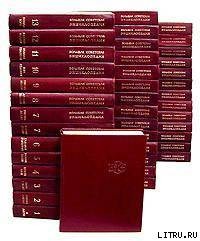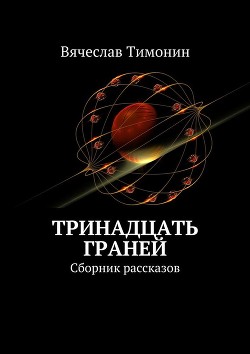Violations of international law and human rights laws are the plague of the twentieth and twenty-first centuries. Peoples inhumanity to people escalates as wars proliferate and respect for human rights and the laws of war diminish. In Decoding International Law: Semiotics and the Humanities, Professor Susan Tiefenbrun analyzes international law as represented artfully in the humanities. Mass violence and flagrant violations of human rights have a dramatic effect that naturally appeals to writers, film makers, artists, philosophers, historians, and legal scholars who represent these horrors indirectly through various media and in coded language. This reader-friendly book enables us to comprehend and decode international law and human rights laws by interpreting meanings concealed in great works of art, literature, film and the humanities. Here, the author adopts an interdisciplinary method of interpretation based on the science of signs, linguistics, stylistics, and an in-depth analysis of the works cultural context. This book unravels the complexities of such controversial issues as terrorism, civil disobedience, womens and childrens human rights, and the piracy of intellectual property. It provides in-depth analyses of diverse literary works: Joseph Conrads The Secret Agent and the movie Hotel Rwanda (both representing terrorism); Martin Luther Kings Letter from Birmingham Jail; two documentary films about women and family law in Iran, Divorce Iranian Style and Two Women; Lisa Sees Snow Flower and the Secret Fan (womens human rights and human trafficking in China); Uzodinma Iwealas Beasts of No Nation (shedding light on child soldiering and trafficking in Africa), and much more.







 10 (1)
10 (1) 









